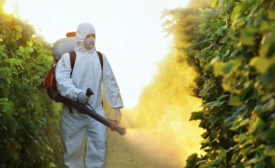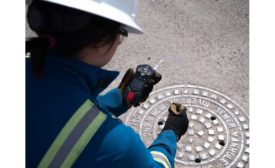Home » Keywords: » hazardous material
Items Tagged with 'hazardous material'
ARTICLES
A NIOSH Science Blog post
Characterizing 3D printing emissions and controls in an office environment
August 28, 2018
Blackline Safety revolutionizes confined space entry with next-generation solution
World’s first cellular-connected gas detector with integrated pump changes gas monitoring for confined space
June 27, 2018
A Confined Space blog post
Nightmare now showing at chemical facility near you
April 6, 2018
Become a Leader in Safety Culture
Build your knowledge with ISHN, covering key safety, health and industrial hygiene news, products, and trends.
JOIN TODAYCopyright ©2025. All Rights Reserved BNP Media.
Design, CMS, Hosting & Web Development :: ePublishing








